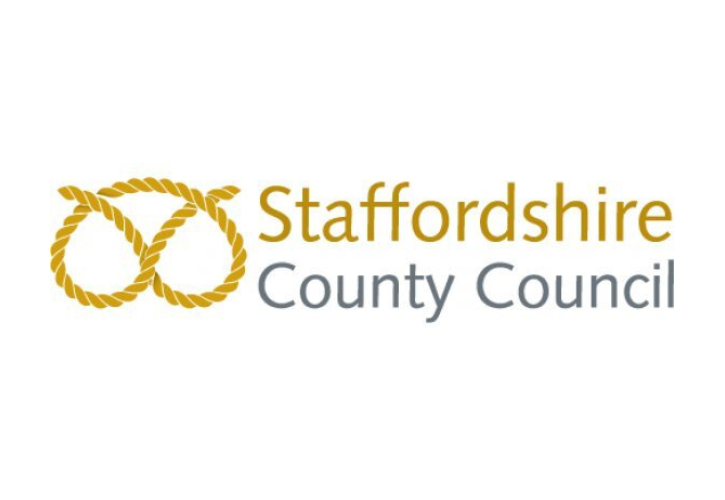Professional recruitment analytics has become essential to improve talent acquisition and achieving jobs that can otherwise be completed by the experts only. It not only helps improve your business but also transforms your business framework into quantitative as well as qualitative one. The Harvard Business Review posted an article in 2014 which stated that humans do an amazing job in finding expert talent for specific jobs but humans are less capable than computerised systems to evaluate and find the results.
What is Recruitment Analytics?
Recruitment analytics refers to a systematic design of tracking, measuring, correlating, and collating candidate and employee data points in order to improve business performance. Recruitment analytics also enables you to provide unique opportunities to the existing employees and attractive packages for interested candidates in order to optimise talent acquisition.
Here are five reasons that make error-free professional recruitment analytics essential for your business.
-
Identification of High Risk Assets
Data is one of the most powerful natural resources that human resource experts can use. Recruitment analytics revolve not only around the benefits but also revolve around high risk factors that make top performers resign from your organisation or deter cream talent from applying to your organisation.
-
Proofreading the Best Talent
Tracking and measuring the talent pools allow you to keep a track of employee performances. Apart from proofreading the internal best talent, recruitment analytics also enable you to proofread the best serving talent sources like social media, job boards, corporate conferences, business boards, other companies, employees, and other sources.
-
Improvement in Employee Engagement
Employee engagement refers to establishing a controlled system of motivating successful employees and improving employee retention by encouraging all employees categorically. Employee engagement starts right from your employees’ first day at work. You can use recruitment analytics to create skill sets based on the talent of employees along with dividing the employees into categories according to their performance levels.
-
Reduced Recruitment Timeline and Cost
The average time required to fill a vacant position is still the most important factor in recruitment metrics. When the time-to-fill increases, the costs of recruitment also increases. The costs can be reduced by retaining efficient employees in the organisation not only by offering benefits but also by encouraging them. The costs can also be reduced by establishing talent pools so that the HR can pick the required talent to fill the vacant position whenever needed. This is where recruitment analytics secure you by indicating the efficient employees and by allowing you to track cream talent from the market.
-
Live Analytics
The recruitment of data is always revolving and playing catch-up. Most of the organisations ignore HR performances due to the availability of historical data only. Recruitment analytics allow you to streamline the real-time data. The recruitment officer can conveniently use this data to identify recent hiring trends and enhance talent acquisition resources.
Many recruitment software applications provide recruitment analytics functions as well. Computerising the recruitment processes eradicates the risk of human error and facilitates manual operations by cutting functional time and costs.





